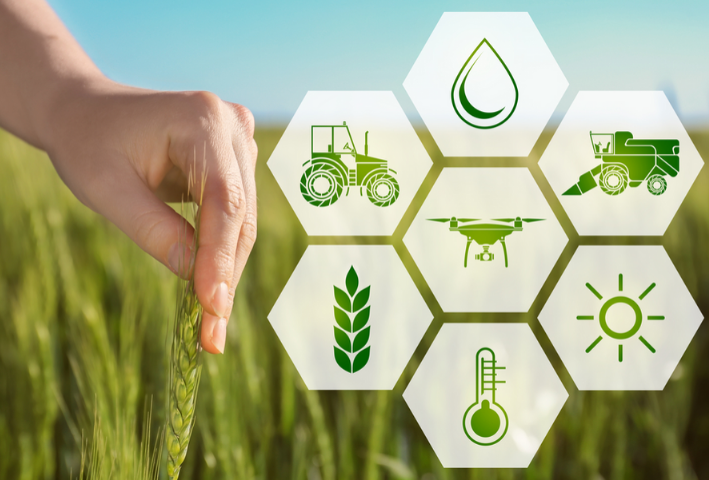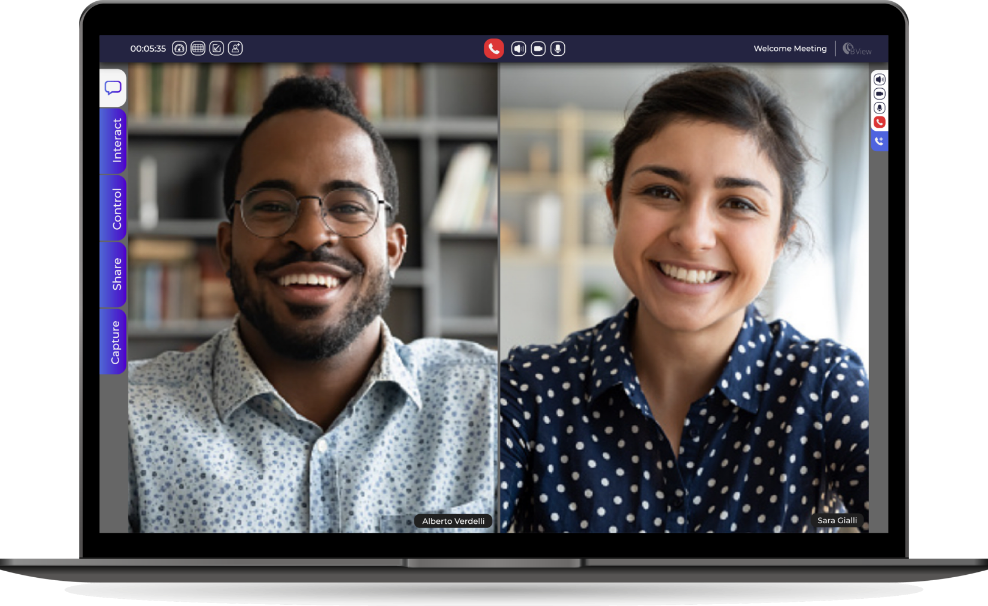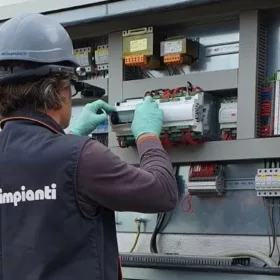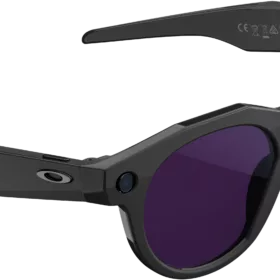Between 2017 and 2019 the value of the agricultural sector grew from 100 to 450 million, a boom in a recent economic context that is often not easy, but greatly facilitated by the contribution of technology.
According to the Agrifood observatory, the current value of agriculture in Italy corresponds to 5% worldwide, after growing by another 70 million euros compared to 2018, or 22% in just twelve months. Agriculture 4.0 is therefore the main perspective to guarantee the sector to meet the needs of the market, reducing costs and possibly safeguarding the environment.
There are countless advantages that farmers have encountered through the introduction of innovative work techniques, in particular with benefits for the production, distribution and simplification of the individual product collection and transformation phases. According to the observatory, positivity is found on every front, such as reducing emissions through the use of advanced and smart machinery (ten liters less for each hectare, 6 euros are saved for every 10 thousand square meters) or substantially reduce the use of fertilizers and pests (10-15% reduction).
Brochesia had the pleasure of being chosen by the University of Sassari, Agricultural Department, Section Territorial Engineers – Mechanization and Agricultural Plant Engineering to carry out the project “Use of Augmented Reality in agriculture”.
In using our software solutions, they issued statements in which they underlined the positive aspects of Brochesia. Furthermore, the department highlights what could be future opportunities if, over time, we worked in synergy to develop specific solutions for the agricultural sector.
<<Our research team made some considerations both on the use and on the potential and future use of B View and B Step. As already observed in our previous studies, the use of a technologically advanced system that allows a technician (or a professional) to see clearly and immediately what the operator sees in the field, allows to provide assistance from remote which, undoubtedly, represents an important element that can be spent within an agricultural company. In fact, the farmer would have, in this way, the possibility to share, in real time, his visual field through B View with a technician during the maintenance and assistance procedures of the traction machines, operators and in general, of all the equipment. agricultural. All this would have direct advantages on the timeliness of the interventions, as well as economic savings, avoiding the presence of specialized technicians on site. In addition, the many features provided by B View would allow a high interactivity between the operator in the field with smart glasses and the technician on the computer. Always linked to the maintenance and control of agricultural machines (milking machines, operators etc.), the B Step solution could be used with the development of specific processes for this purpose, to support both farmers and technicians or professionals in carrying out complex procedures. The possibility that B Step provides, to reach this information by scanning a QR code, represents an important aspect for the timely and precise use of the methodologies to be followed. B Step could also be used for the creation of interactive tutorials to be submitted to seasonal workers to educate them and guide them in the process innovations within the farm. In addition, together with Brochesia, we will evaluate the performance of low-cost thermal imaging cameras for agricultural applications >>
<< They continue by arguing that the aim is to make this system accessible to everyone, that is to make the output understandable to operators with different levels of schooling. In fact, thermography is a “non-invasive” system suitable for studying and controlling production in the zootechnical and agricultural fields. The obtainable advantages could be extremely applicative in the diagnostic field, giving results of immediate reading. The real novelty of the study to be undertaken lies in the fact that the system we are going to test concerns the use of thermal imaging cameras associated with smart glasses. In addition, we learn that the unpleasant situation we are experiencing worldwide has already conditioned the working world by applying new rules that affect the employer of any type of company. With a view, therefore, to safeguarding the safety of workers, the use of a thermal imaging camera connected to a “wearable” device would find an even wider application than those already listed. The study will also evaluate the aspects related to users, who will directly test this system in different working conditions. Particular attention will be paid to the performance and usability level of this technology, to highlight the advantages but also the critical points that will be appropriately assessed during the optimization of the finished product, with a view to a desirable inclusion of this technology in the field.>>
In conclusion, the department argues that, at the moment, the keystone could be represented by the close collaboration between the developing companies and the world of scientific research. In fact, only a deep knowledge of the application field, and of the critical issues inherent in the various agricultural activities, could lead to a widespread diffusion of this technology and, at the same time, to the production of extremely positive results for the entire agricultural sector.





